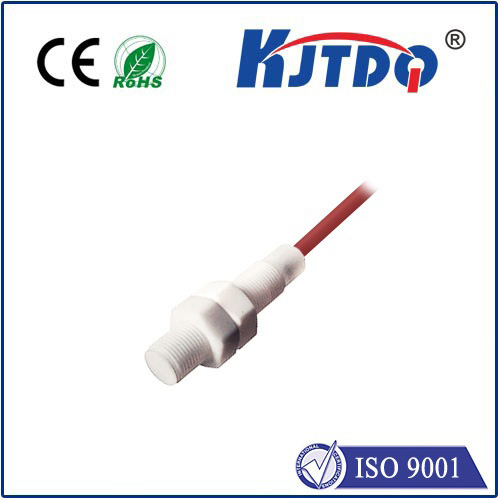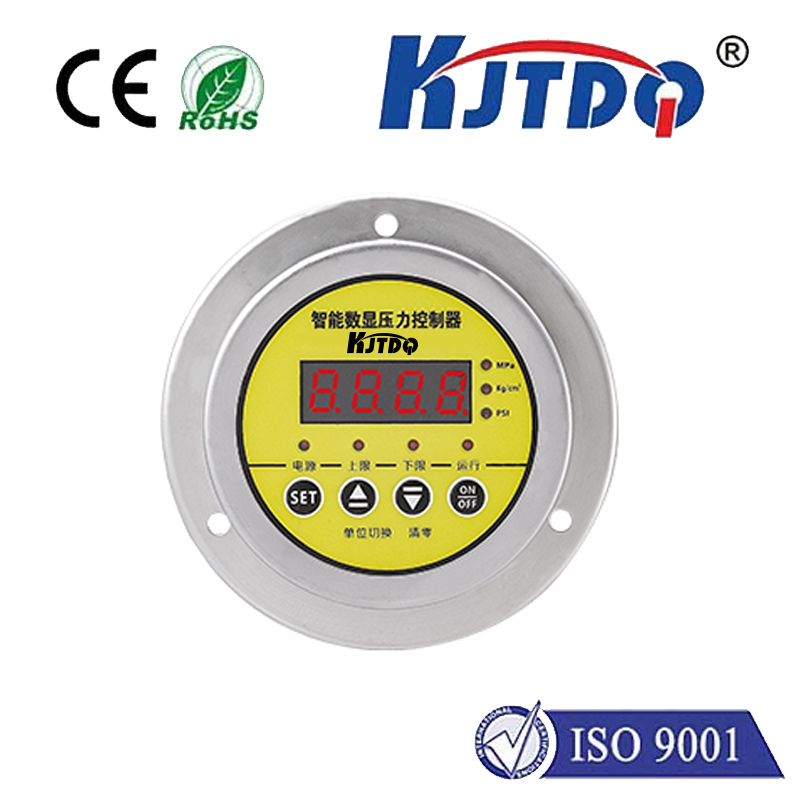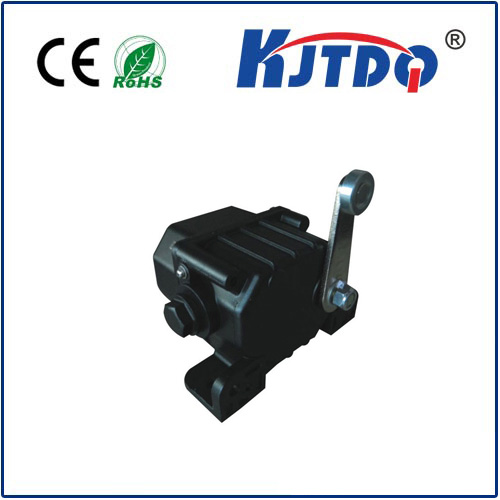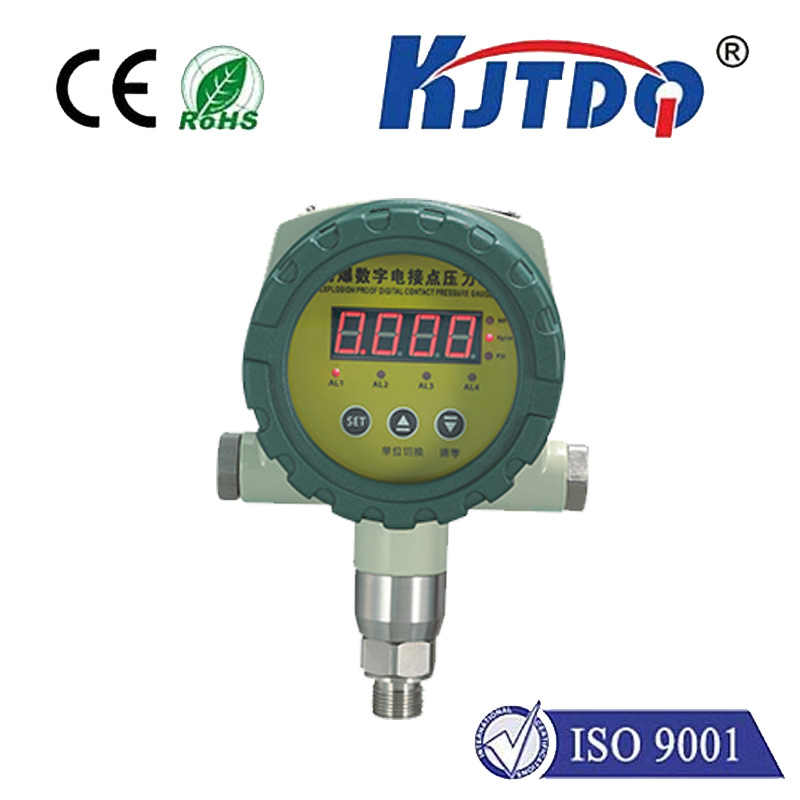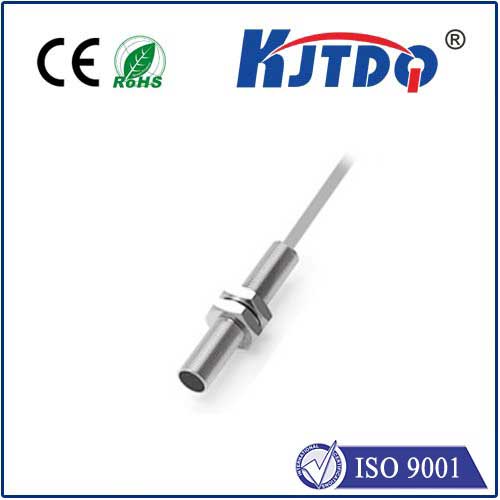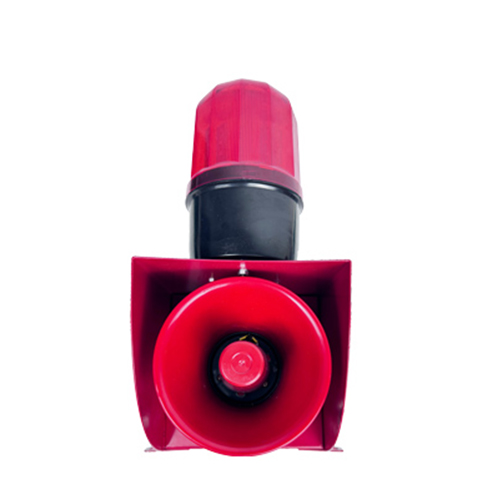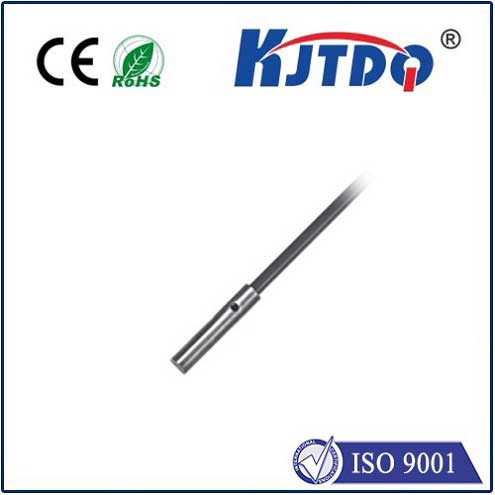luminescence sensor
- time:2025-08-13 17:22:49
- Click:0
Beyond the Glow: The Expanding Universe of Luminescence Sensors
Imagine a scientist in a dimly lit laboratory. A barely visible, ethereal glow emanates from a tiny sample. This faint light, far beyond what the naked eye can readily perceive, holds the key to detecting a life-threatening pathogen, a critical environmental pollutant, or a fundamental biological process. This is the realm of the luminescence sensor, a powerful class of analytical tools transforming detection capabilities across countless fields. These sophisticated devices capture and interpret the phenomenon of light emission to provide sensitive, selective, and often rapid insights into the composition of our world.
The Science Behind the Shine: Unpacking Luminescence
Luminescence itself is the emission of light by a substance that has absorbed energy. Unlike incandescence (light from heat, like a light bulb), luminescence occurs below combustion temperatures. Luminescence sensors are specifically designed to detect and quantify this emitted light. The fundamental principle involves:

- Excitation: The sample or probe within the sensor absorbs energy. This energy can come from various sources:
- Photoluminescence: Light itself (UV, visible, or even IR). Fluorescence (light emission that stops almost immediately after excitation ceases) and phosphorescence (light emission that persists for a longer period) fall under this category.
- Chemiluminescence/Bioluminescence: Energy released from a chemical reaction (chemiluminescence) or a biochemical reaction within a living organism (bioluminescence). Fireflies are the classic natural example of bioluminescence.
- Electrochemiluminescence (ECL): Light produced by electrochemically generated species undergoing a highly energetic reaction.
- Emission: Depending on the mechanism, the absorbed energy excites electrons within molecules. As these electrons return to their lower energy states, they release the excess energy as photons – light.
- Detection: The luminescence sensor incorporates highly sensitive photodetectors (like photomultiplier tubes (PMTs) or photodiodes) to capture this emitted light, which is often extremely weak. Sophisticated optics and filters are crucial to isolate the specific wavelength(s) of interest and block out background noise or the excitation light source.
- Quantification: The intensity, wavelength, decay time, or polarization of the emitted light is measured. This signal is directly or indirectly proportional to the concentration of the target analyte (the substance being measured).
Core Components of a Luminescence Sensing System
While designs vary widely, effective luminescence sensors typically integrate several key elements:
- Light Source: Required for photoluminescence. Lasers, LEDs, or lamps emitting specific wavelengths to efficiently excite the probe or sample.
- Probe/Recognition Element: This is the heart of specificity. It can be:
- A chemical or biochemical reagent that reacts specifically with the target to produce luminescence (common in chemi/bioluminescence sensors).
- A molecule (a fluorophore) whose luminescent properties (intensity, lifetime, wavelength) change upon interaction with the target analyte. This includes molecularly imprinted polymers (MIPs), antibodies (in immunosensors), enzymes, DNA/RNA probes, or engineered nanomaterials like quantum dots.
- Sample Chamber/Flow Cell: Holds the sample and probe for interaction and light emission. Design minimizes background signal and maximizes signal collection.
- Optical Filters: Essential for separating the excitation light from the much weaker emission light.
- Detector: Converts photons into an electrical signal (e.g., PMT, CCD camera, photodiode). High sensitivity is paramount.
- Signal Processing Unit: Amplifies, filters, and analyzes the electrical signal from the detector. Modern sensors often incorporate microcontrollers or dedicated electronics.
- Output Interface: Displays results numerically or graphically (LCD screen) or transmits data digitally.
Why Choose Luminescence Sensors? Key Advantages
The surge in popularity of luminescence-based detection stems from significant advantages over other analytical techniques:
- Exceptional Sensitivity: Often capable of detecting analytes at incredibly low concentrations (down to picomolar or even femtomolar levels), crucial for early disease detection or trace contaminant monitoring.
- High Selectivity: The specificity of the probe/recognition element (e.g., antibody-antigen binding, enzyme-substrate interactions) ensures minimal interference from other substances in complex samples.
- Wide Dynamic Range: Many luminescence methods can accurately measure analyte concentrations over several orders of magnitude.
- Speed and Simplicity: Chemiluminescence and bioluminescence assays, in particular, often involve simple “mix and measure” protocols, providing results within minutes or even seconds. Homogeneous assays (no separation steps) are common.
- Minimal Background: Since the signal is generated (light emission), rather than monitoring the absorption or scattering of light (absorption-based sensors), luminescence sensors inherently have very low background when properly designed, leading to superior signal-to-noise ratios.
- Versatility: Applicable to gases, liquids, solids, and biological matrices. Techniques exist for detecting a vast range of targets: ions, small molecules, proteins, nucleic acids (DNA/RNA), pathogens (viruses, bacteria), enzyme activity, and oxygen levels.
- Non-Destructive Potential: Some luminescence techniques, especially certain fluorescence measurements, can be non-destructive, allowing sample reuse.
Illuminating Applications: Where Luminescence Sensors Shine
The impact of luminescence sensor technology is profound and pervasive:
- Medical Diagnostics & Biosensing: The foundation of countless clinical tests. Detecting disease biomarkers (proteins, hormones like hCG in pregnancy tests), pathogens (bacteria, viruses), drug levels, DNA sequences (genetic testing), and monitoring cellular processes (live-cell imaging using fluorescent probes). Point-of-care testing (POCT) devices heavily rely on luminescence.
- Environmental Monitoring: Detecting pollutants like heavy metals (e.g., mercury), pesticides, herbicides, polycyclic aromatic hydrocarbons (PAHs), toxic algae, and monitoring water quality parameters (BOD, COD). In-situ sensors deployed in the field provide real-time data.
- Biotechnology & Drug Discovery: Quantifying biomolecules, screening for drug candidates (cellular assays using reporter genes), studying gene expression, protein-protein interactions, and enzyme kinetics. High-throughput screening (HTS) platforms extensively use fluorescence and chemiluminescence.
- Food Safety & Quality Control: Testing for pathogens (Salmonella, E. coli), mycotoxins, antibiotic residues, vitamins, additives, and ensuring authenticity and spoilage detection.
- Industrial Process Control: Monitoring chemical reactions, detecting leaks of hazardous gases (some chemiluminescence-based), and controlling the quality of pharmaceuticals, chemicals, and materials.
- Life Science Research: Fundamental tool for molecular and cellular biology, biochemistry, neuroscience, and microbiology. Techniques like FRET (Förster Resonance Energy Transfer), FLIM (Fluorescence Lifetime Imaging Microscopy), and bioluminescence imaging provide deep mechanistic insights.
- Security & Defense: Potential for detecting explosives, chemical warfare agents, and biological threats.
**












